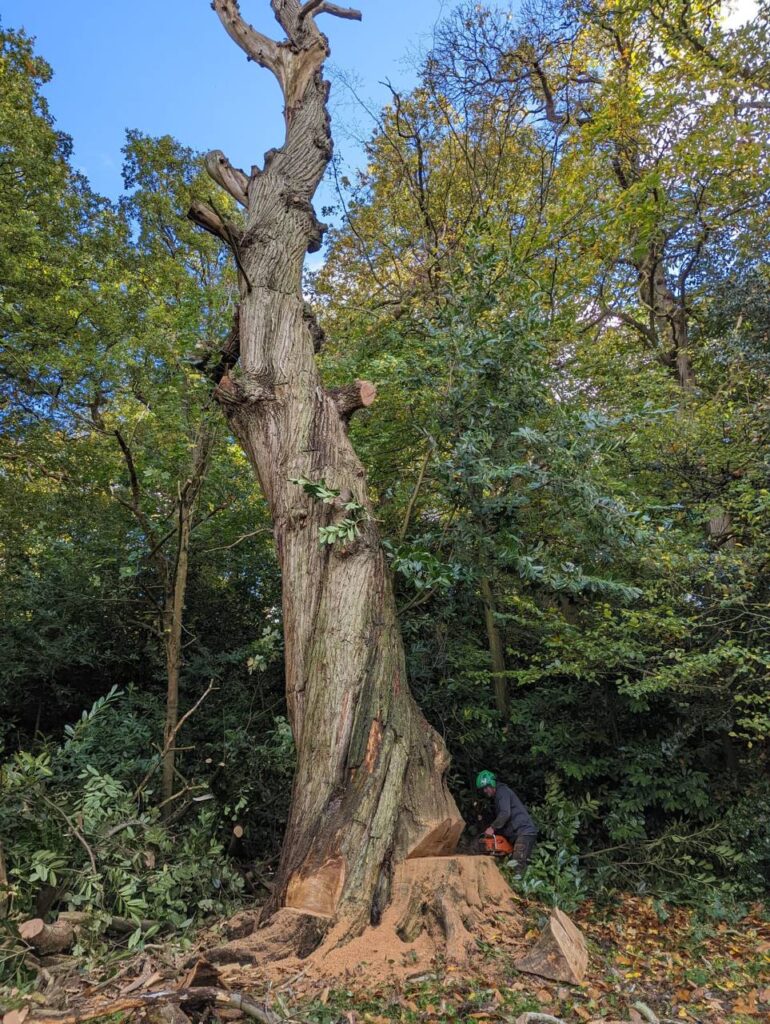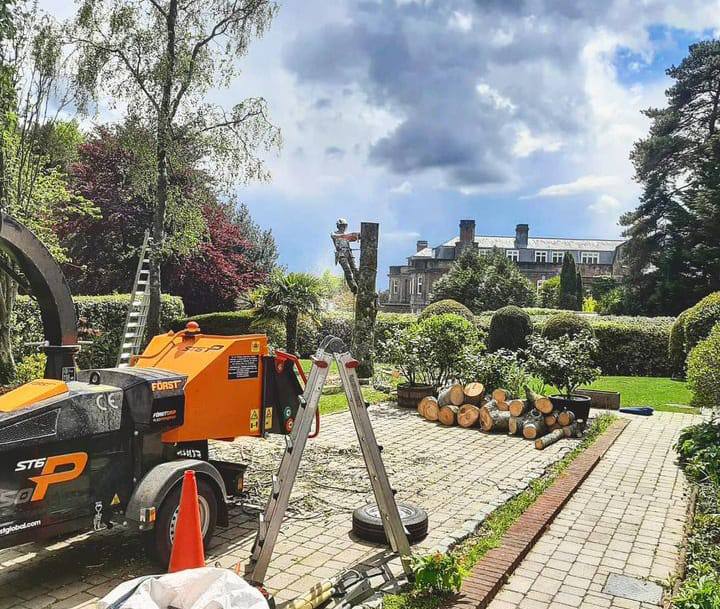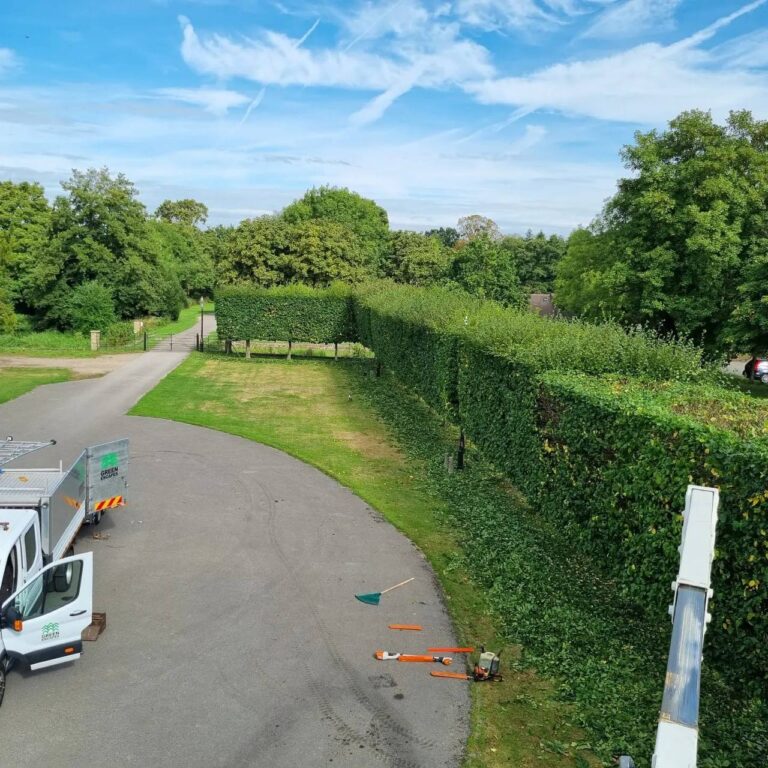Introduction: In our ever-developing world, preserving and promoting natural habitats has become increasingly important. Trees, with their towering presence and diverse ecosystems, play a pivotal role in supporting wildlife. One way we can contribute to this cause is by pruning trees thoughtfully and strategically. In this blog post, we’ll explore how pruning trees can encourage and enhance natural habitats.
1. Creating Shelter for Wildlife: Pruning can create suitable nesting sites and shelters for various wildlife, from birds to insects. By selectively trimming branches or leaving deadwood in place, we can provide safe havens for animals seeking refuge from predators or adverse weather conditions.
2. Promoting Biodiversity: Selective pruning allows different species of trees, shrubs, and plants to coexist in proximity, fostering biodiversity. Each plant species offers unique benefits to wildlife, such as providing nectar for pollinators, food sources for herbivores, or shelter for nesting birds. Pruning can help create a diverse landscape that supports a wide range of species.
3. Encouraging Fruit Production: Fruit-bearing trees are essential for many wildlife species, including birds and mammals. Pruning fruit trees properly can stimulate healthy growth and abundant fruit production, ensuring a year-round food source for local fauna.
4. Enhancing Pollinator Habitats: Pruning can encourage the growth of flowering trees and shrubs that attract pollinators like bees and butterflies. These insects are crucial for the reproduction of many plants and contribute to a healthier ecosystem.
5. Supporting Wildlife Corridors: Strategically pruned trees can help create wildlife corridors or connections between fragmented habitats. These corridors allow animals to move freely, find mates, and access different food sources, contributing to the overall health of the ecosystem.
6. Managing Invasive Species: Plant species can outcompete native vegetation and disrupt local ecosystems. Pruning can be part of an integrated management approach to control invasive species and protect native plants and wildlife.
7. Disease and Pest Management: Pruning can also help manage tree diseases and pests. By removing infected or infested branches, we can prevent the spread of diseases and minimise damage caused by pests, creating a healthier environment for trees and wildlife.
8. Wildlife-Friendly Pruning Techniques: When pruning trees to encourage natural habitats, it’s essential to use wildlife-friendly techniques. This includes avoiding pruning during nesting seasons, leaving some deadwood in place, and carefully selecting branches to trim to minimise disruption to wildlife.
Conclusion: Pruning trees to encourage natural habitats is a win-win for nature and our communities. By adopting wildlife-friendly pruning practices and promoting biodiversity in our urban and suburban landscapes, we can create healthier ecosystems that benefit not only local wildlife but also the quality of life for residents.
Call us on: 01543 220 994
Click here to find out more about The WS13 Tree Surgeons
Click here to complete our contact form and see how we can help with your tree’s needs.



